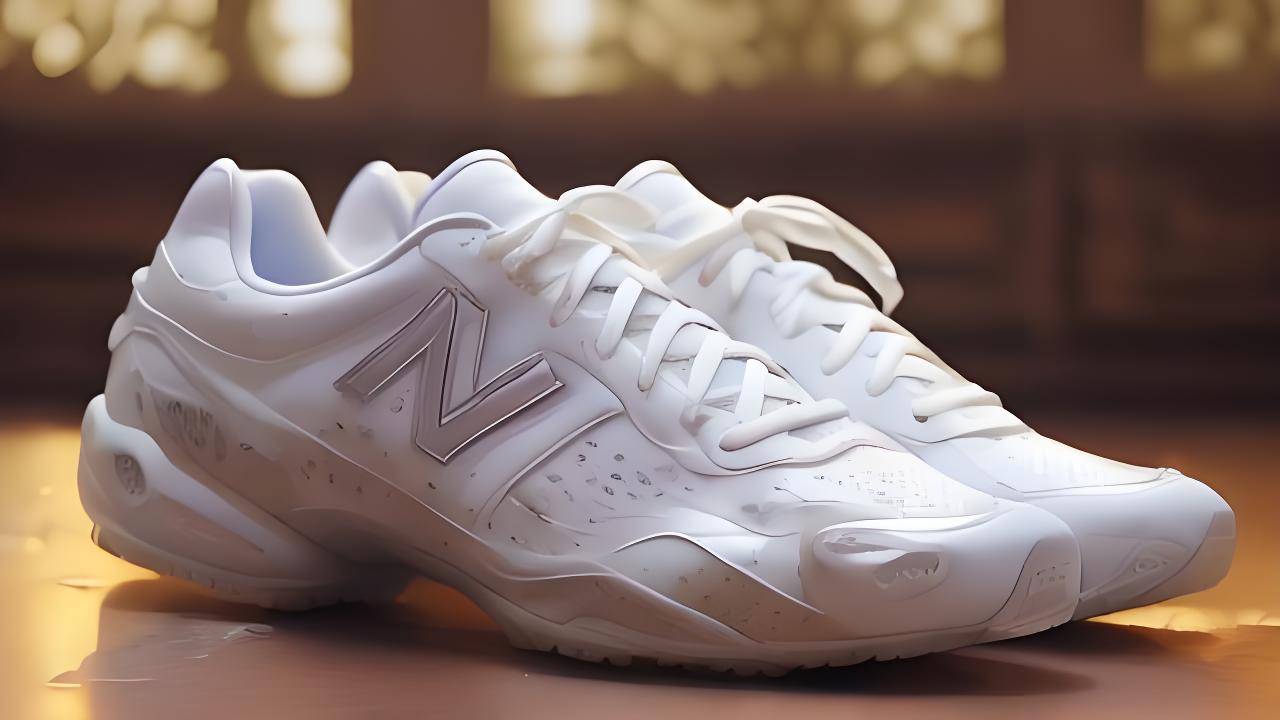Tai chi, a centuries – old martial art form, is a gift from our predecessors, bringing health and inner peace in the bustling modern world. There are several distinct types, each with unique features and charm.
Chen Style Tai Chi
Chen style is recognized as the origin of all tai chi forms. It combines slow,gentle movements with explosive Tai Chi For Diabetes , vigorous ones. Picture an ancient Chinese warrior in a silent courtyard, fluidly transitioning between softness and ferocity. This style emphasizes the use of spiral energy, which can be metaphorically compared to a coiled spring waiting to release its force. It is a great choice for those looking to build strength and flexibility at the same time.

Yang Style Tai Chi
The Yang style is known for its graceful, flowing movements. As if floating on a calm lake, practitioners perform each posture with smoothness and continue. It was created to be more accessible to a wider audience, making it popular among the elderly who focus on health – preservation. With slower pace and larger postures, Yang style offers a sense of tranquility and relaxation,like a gentle breeze on a warm day.
Wu (Hao) Style Tai Chi
Wu (Hao) style has a more compact form. It is like a precision dance types of tai chi ,with smaller steps and more subtle movements. This style pays great attention to internal energy cultivation and precision alignment of the body. People who practice this style often find they can sense the energy flow within themselves more acutely Tai Chi And Arthritis , as if there is a hidden river flowing through their bodies.

Sun style combines the nimbleness of xingyi and bagua with tai chi. It features quick steps and high moments, almost like a free – spiritual bird hoping through the air. The moments are more upright, making it easier on the knees. This style gets the body moving in a dynamic way, which is ideal for those on the go who want to manage a short – time practice.
Wu style emphasizes small, circular movements. It's as if the practicer is drawing elegant circles in the air with their hands. With a closer – to – the – body form, it focuses on softness and smoothness, giving the impression of a silk ribbon floating in the wind. It is suitable for individuals who prefer a more refined and tranquil practice.
Have you ever considered trying one of these tai chi styles? Share your thoughts and like and share this article if it has intrigued you!


